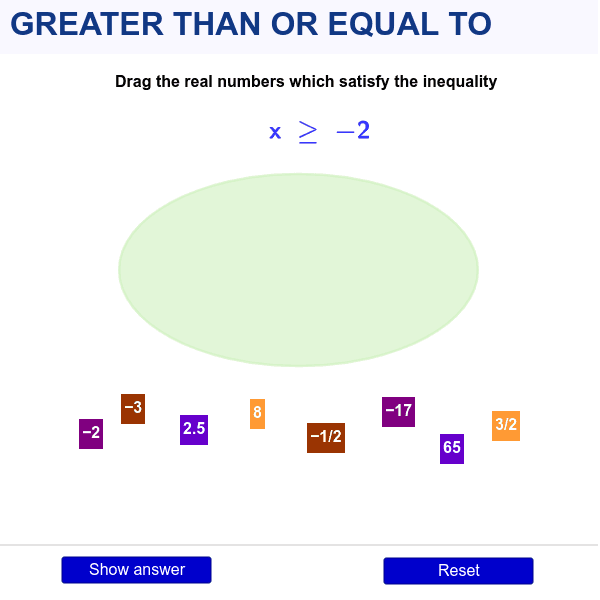

But if you store them into a variable and match them, the output will be TRUE.įor case-sensitive operations, use –ccontains operator. The above output is FALSE because the left side contains two values. If yes then returns TRUE, otherwise FALSE.


Tells whether a collection of reference values includes the exact (case-insensitive) single value. If match found then returns false or vice versa. Here, from characters n to r will be checked against a string and ‘o’ and ’p’ are matching. To match at least one of the characters in the contiguous range. In the above example, the character ‘c’ is matching. To match at least any one of the characters, put them into. When the input is scalar, it populates $matches variable automatically. It matches the string using a regular expression. It is contrary to Like operator but definition remains the same for a wildcard, and only output is reversed. In the fourth example, wildcard (*) is applied both sides so it checks if a string exists before or after it in other words mentioned word is part of that string. In the third example, wildcard (*) is applied afterword “Powershell” and word is matching but there is no successor string so the output is False. If applied before the particular word then it checks if a particular word + precedence string exists or not. This*) then it checks if that word + successor string exist or not. If it applied after particular value (i.e. Wildcard character (*), when applied it checks if part contains in a string or not. It matches the left side of the value with the right side value with Wildcard character (*). For multiple value comparison.Ĭhecks if the value of the left side is greater than or equal to the value of the right side.Ĭheck if the value of the left side is less than the value of the right side.Ĭhecks if the value of the left side is less than equal to the value of the right-side value. In the above first sentence, ASCII value of ‘d’ is greater than ‘a’ and in the second sentence, the ASCII value of ‘a is less than ‘b’. If you compare multiple characters together then it will check the ASCII value of first characters on both sides and provide results accordingly. As a result, the second sentence is TRUE. ASCII value of ‘a’ is 97 and ‘c’ is 99, so ‘c’ is greater than ‘a’. When you compare two characters, it checks its ASCII value and provides results based on it. In the example below, it compares 5 with 6 and checks if it’s greater than 6 and provides answer FALSE. It compares the value of its left side with the right side and output will be TRUE or FALSE based on values. If value matches then it will return FALSE, otherwise it will return TRUE. If you use –ceq operator then the comparison will be case-sensitive. You can compare multiple values with a single value as well. You can also compare two different data types. They should match exactly and this is case-insensitive. This operator is used to check equality between values. Here are some of the examples of comparison operator given below with examples: 1. Hadoop, Data Science, Statistics & others -eqĬhecks if part of string matches (Wildcard comparison)Ĭhecks if part of a string doesn’t matches (Wildcard comparison)Įxamples to Implement Comparison Operators


 0 kommentar(er)
0 kommentar(er)
